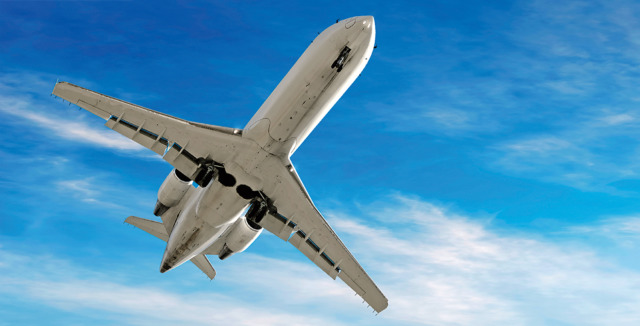
As we think about the rapidly evolving environment for business aviation in the Year 2020, it is certainly high time to prepare ourselves and our organizations for change – some of which we will control, but much of which could alter the competitive landscapes we face for years to come.
Although year-end data are still being reported and analyzed, 2019 will be long remembered as a watershed year for the business aviation industry. While the post-2008 bifurcation of the market continued – with the market for larger aircraft remaining relatively active while the lower end stayed quiet – last year was witness to another dichotomy. Relatively strong new aircraft orders and deliveries, driven by new model introductions, contrasted with a double-digit percentage slowdown in the sales volume of pre-owned business aircraft. New aircraft order backlogs at most of the business aircraft original equipment manufacturers (OEMs) grew or at least stabilized throughout most of 2019, after having eroded for most of the post-recession period. This was welcome news indeed, as OEMs are anxious to transition into production ramp-up mode to begin to generate returns on all those hundreds of millions – and in some cases, billions – of investment capital.
We are witnessing a transition from an unprecedented era of heavy research & development spending, with workforce adjustments already quietly underway. With flat overall utilization and little fleet growth (the latter held back by an acceleration of retirements of older model aircraft linked to noncompliance with ADS-B Out mandates), we believe that the 2020 table is set for what could be some much needed industry consolidation. Coupled with unprecedented geopolitical uncertainty with another contentious U.S. Presidential election, unresolved Brexit negotiations, international trade tensions, and as-yet unknown implications of the coronavirus, the industry table is already set for a round of consolidation that could change business jet markets for years to come. At the OEMs, we suspect that consolidation will result in fewer in-production models, fewer manufacturers, and generally lower factory deliveries for the next several years, beginning after 2020. What we do know for certain is that there will be both movers and shakers – and the moved and the shaken.
Conditions also favor consolidation in other areas of what is in many ways a very fragmented business aviation marketplace, including the maintenance/repair/overhaul (MRO), FBO, and air charter operator sectors. This should improve overall service standards, enhance quality and safety, and reduce the prevalence of noncompliant operations, including illegal charter. With too few businesses yet generating the free cash flow that investors and other stakeholders have come to expect, these consolidation initiatives will seek to lower costs, enhance pricing and production discipline, grow market share, and ultimately improve profit margins.
Amid the recent uptick in fortunes at several OEMs, customer sentiment of business aircraft owners and operators has shifted steadily downwards over the past six quarters, based on the results of ongoing JETNET iQ surveys and market research. Uncertainty about the future has increased, which some regard as a sign of caution and reason to delay decision-making – at the same time others see opportunity in what is clearly a buyer’s market.
Although progress is being made on multiple fronts, the business aviation industry is only just beginning to prepare for the inevitable scrutiny regarding its carbon footprint.
Encouragingly, demand for sustainable aviation fuels (SAF) is on the rise, with more than one third of respondents to the Q4 2019 JETNET iQ Survey indicating that they will consider flying with SAF in 2020. Much more progress will be needed to increase SAF supply and bring prices more closely in line with existing fuels.
We believe that 2020 will be remembered as a watershed year when stars aligned to drive fundamental change in the industry – change for good. BAA
Rolland Vincent is President of Rolland Vincent Associates, an aviation and aerospace market research, forecasting, and strategic planning firm. His nearly 40 years of experience includes work with manufacturers, commercial operators, and international organizations.





